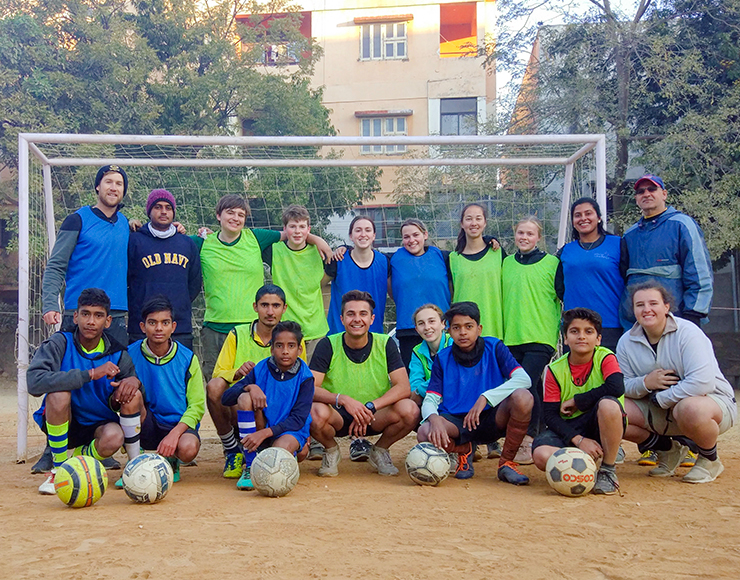
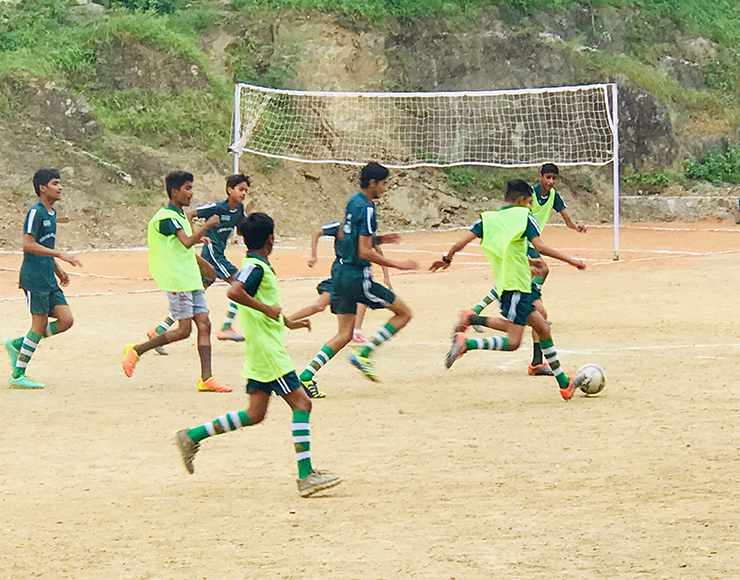

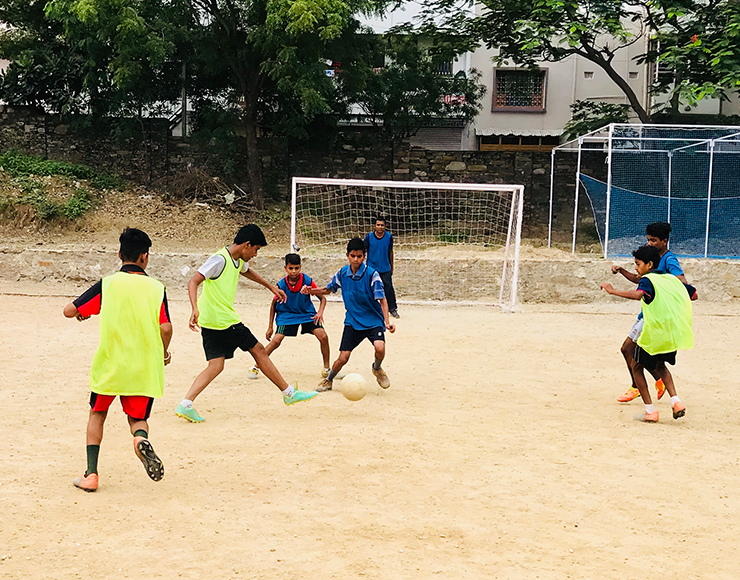
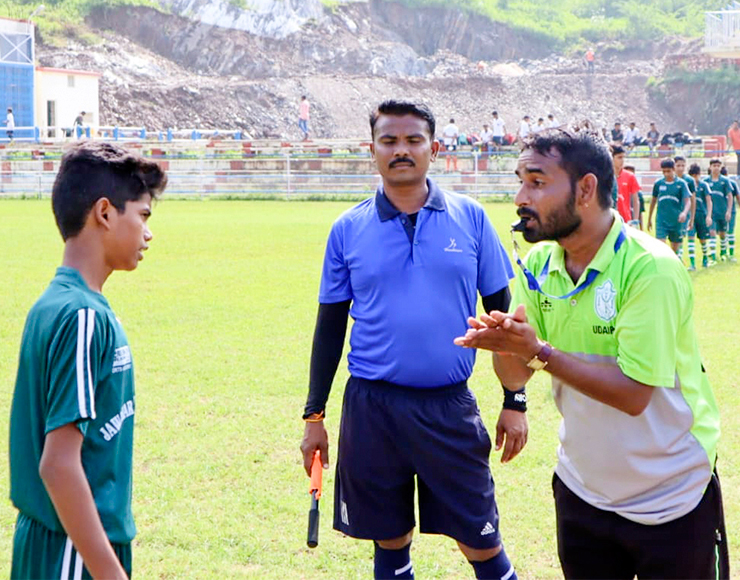

Football Coaching Volunteer Project in India, Goa
Join our football coaching volunteer project in India and coach football to children in the stunning city of Goa. You will organise football coaching sessions in ...
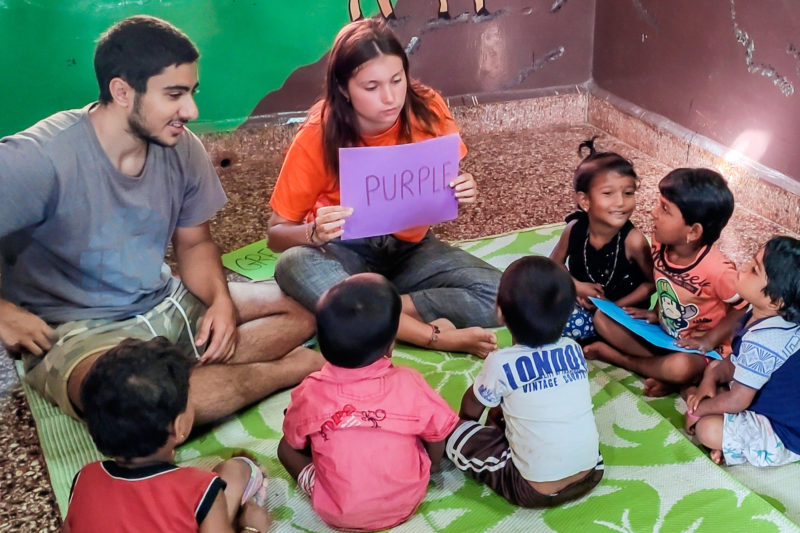
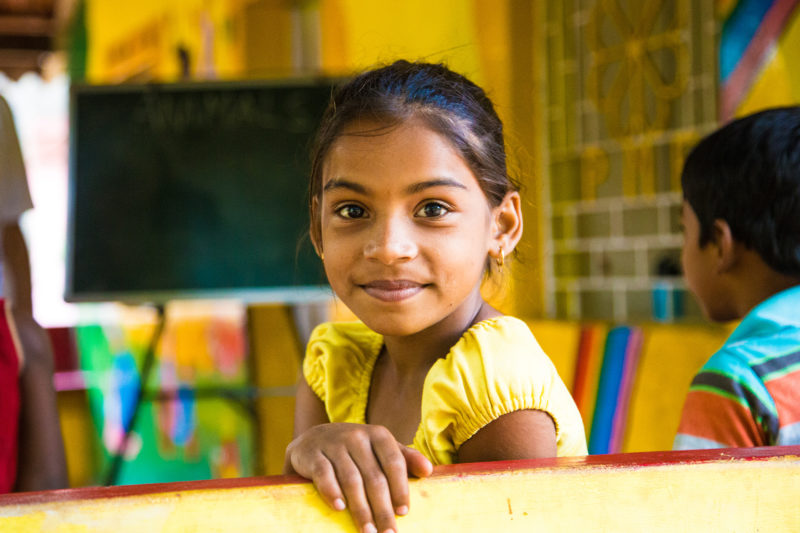
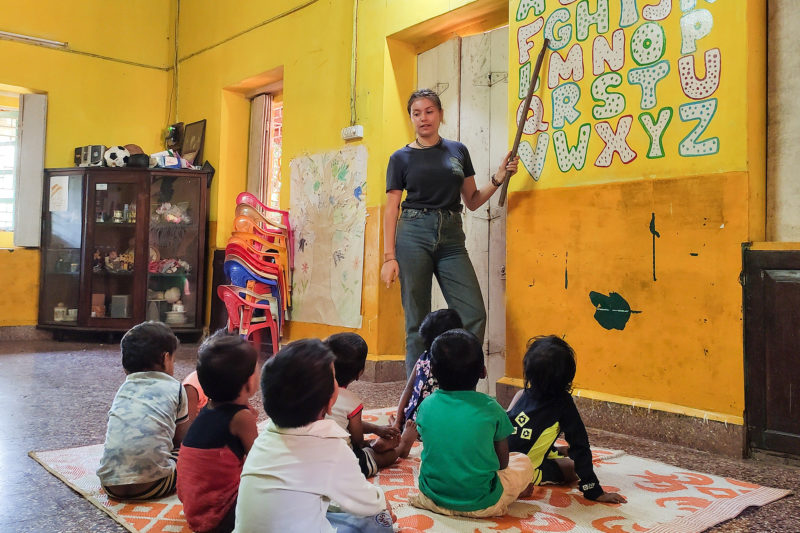
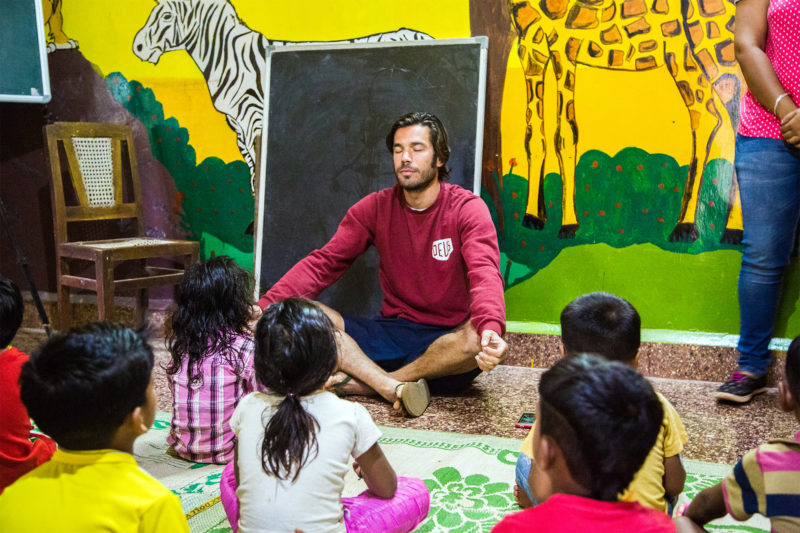
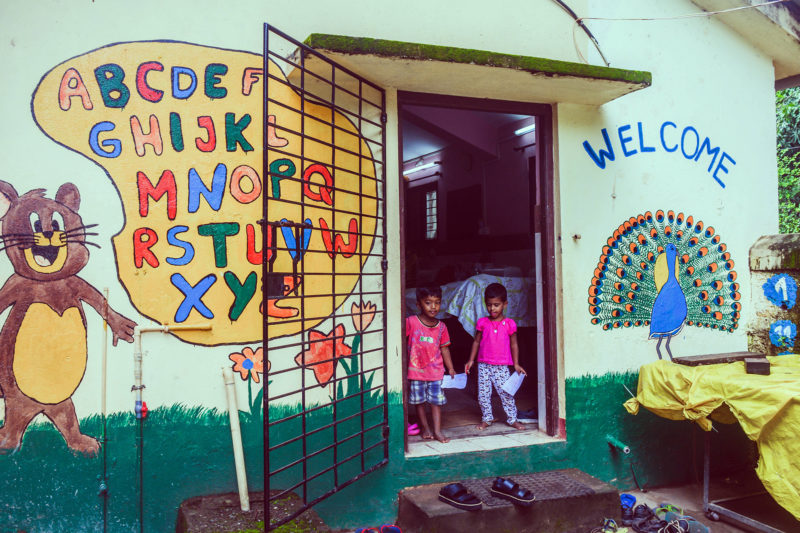

Kindergarten & Teaching Volunteer Project in India, Goa
Take part in our teaching volunteer placement in the beautiful Goa region of India and immerse yourself in the amazing Indian culture, doing your bit to ...

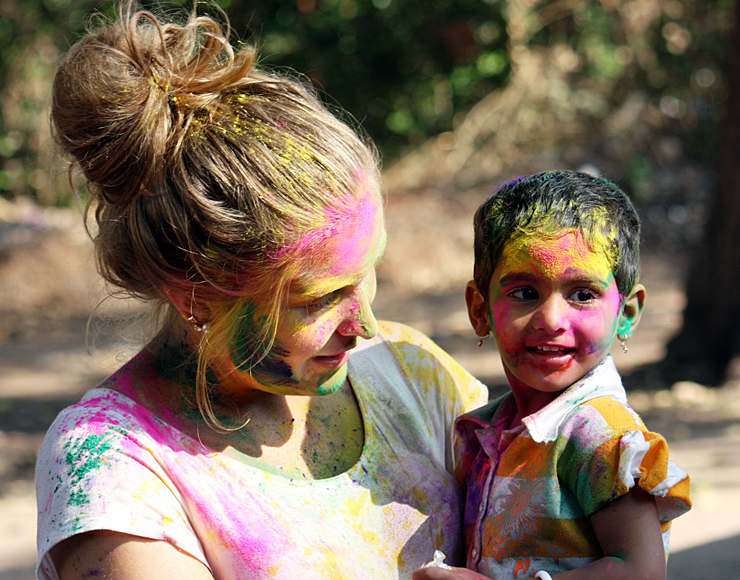
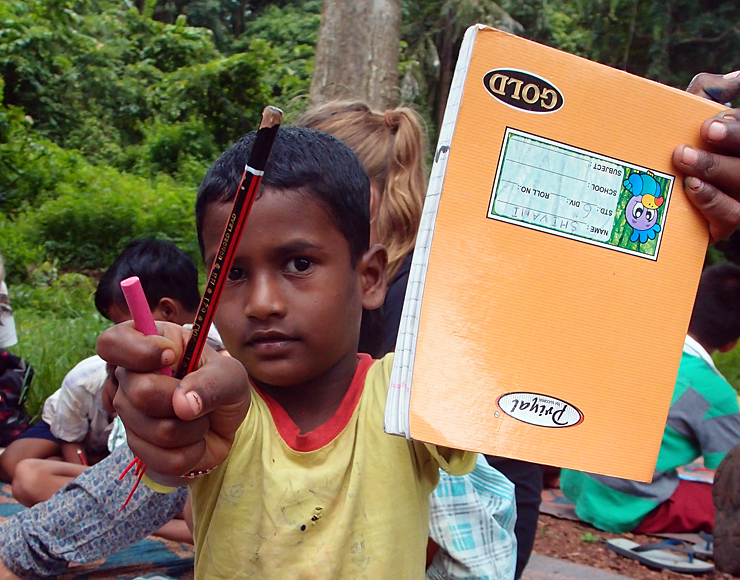
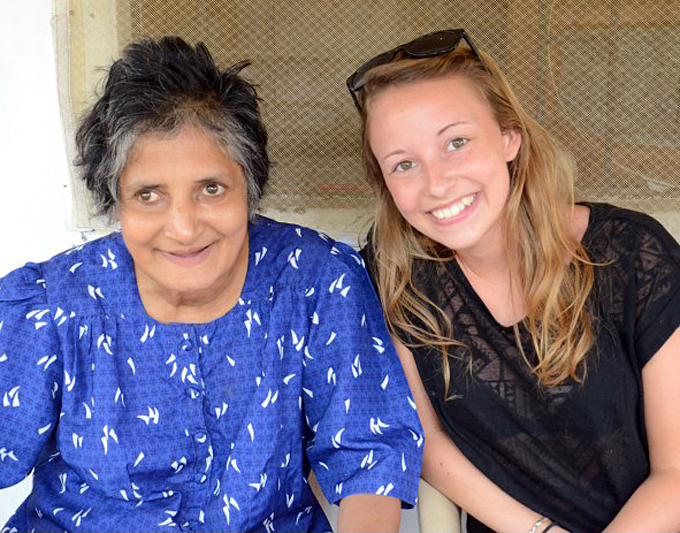
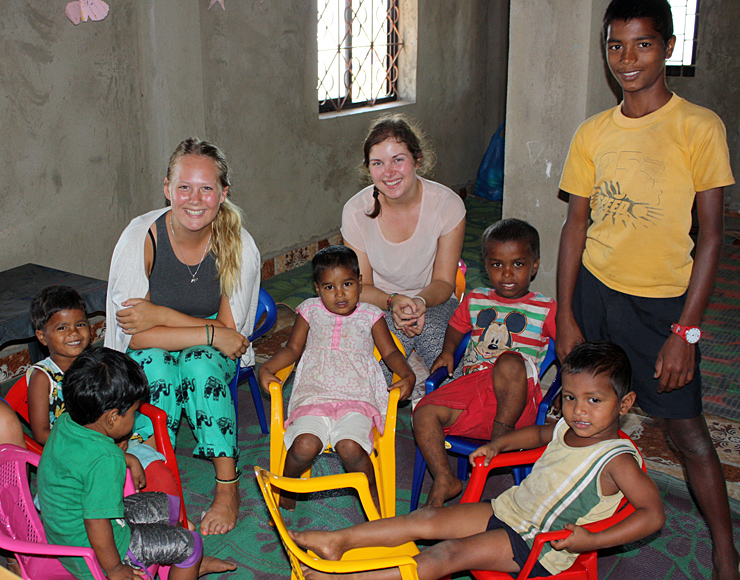

Community Volunteer Project in India, Goa
Join our eye-opening care work volunteer project in Goa on the enchanting west coast of India. Participate in our endeavour to empower the local women ...

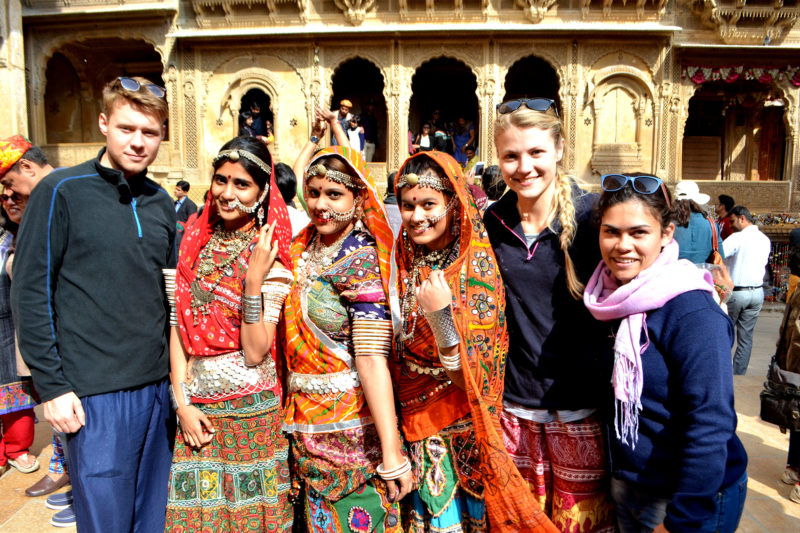
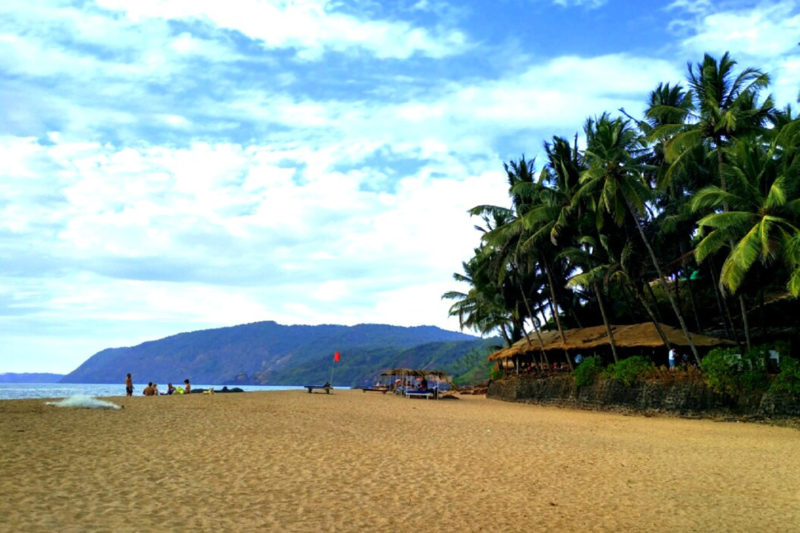
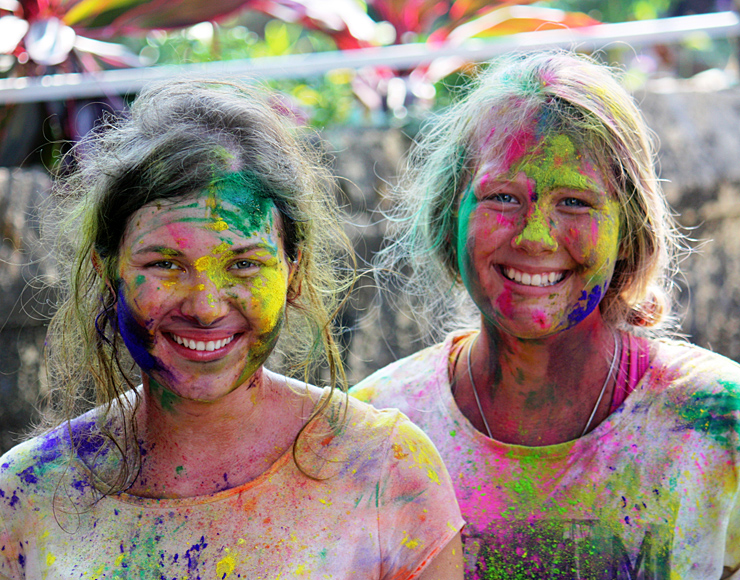

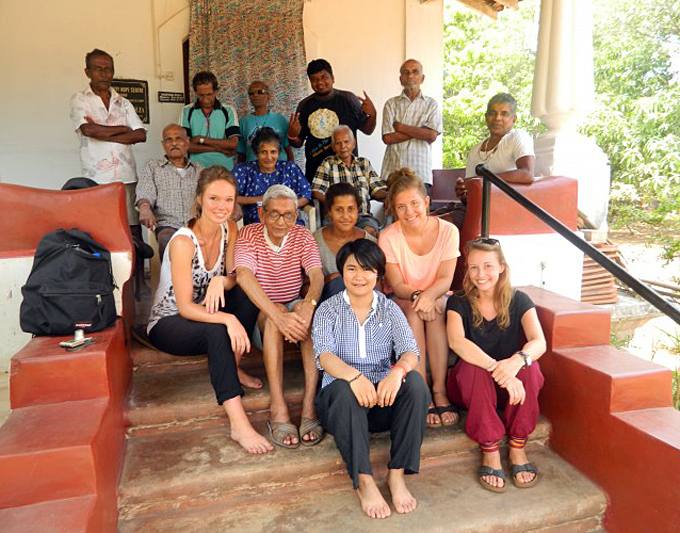
Goa Culture Week in India
Get familiarized with the customs, culture, surroundings and more of this rich and colourful country. Experience the beauty and culture of Goa, get to know the ...
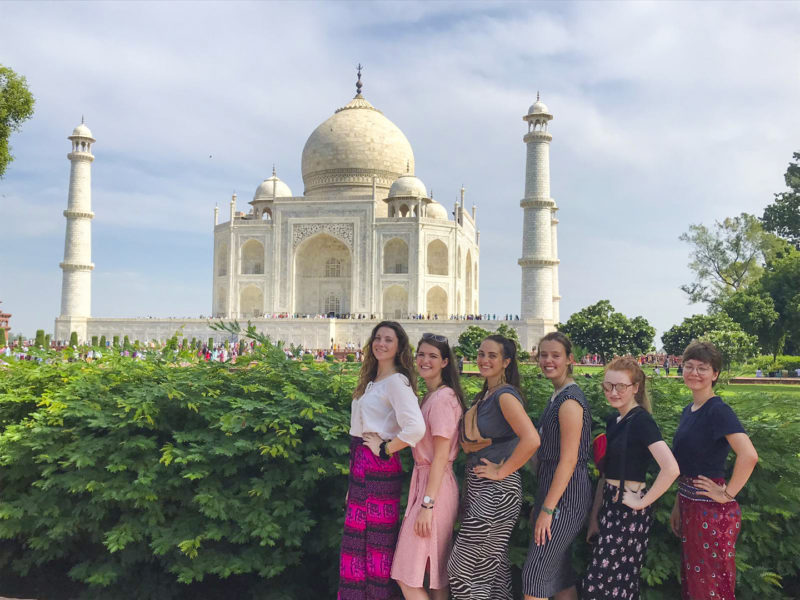
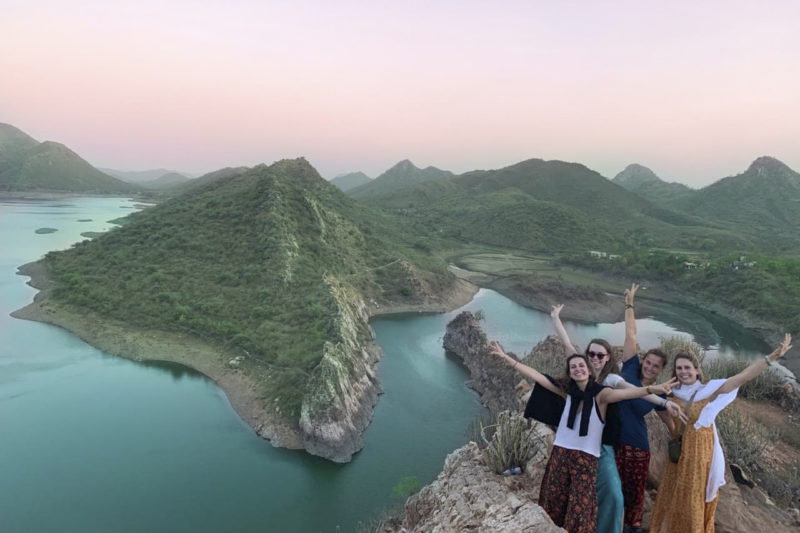

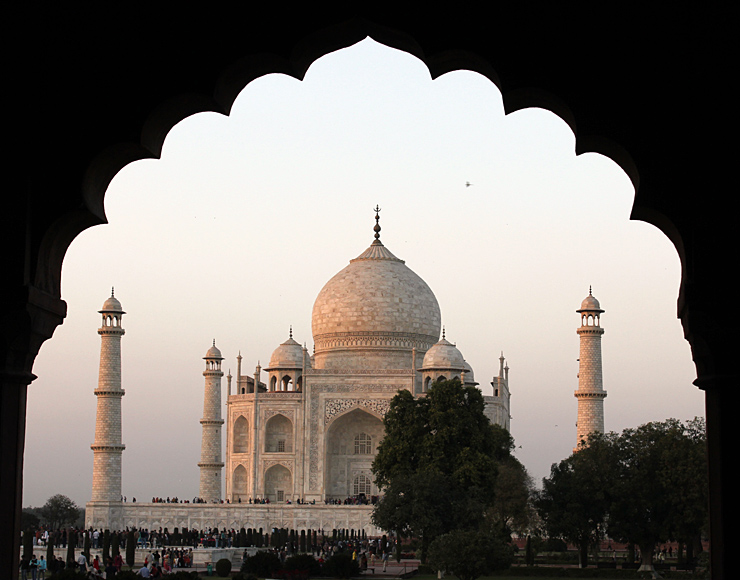
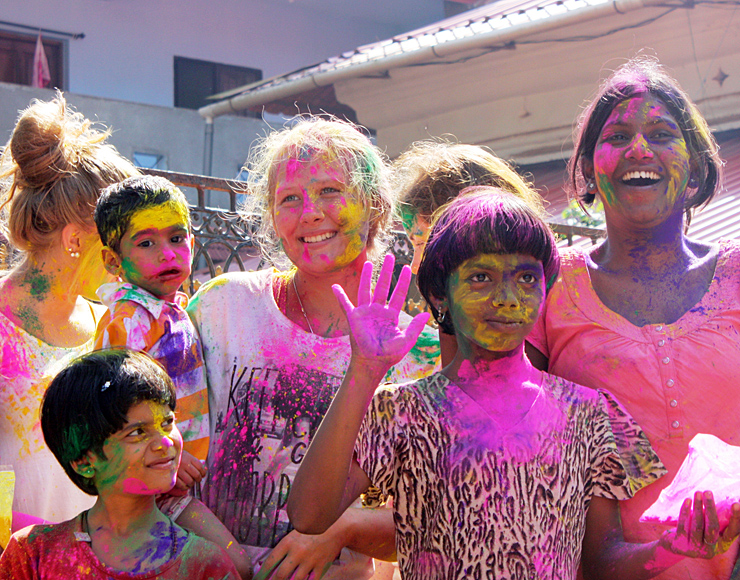
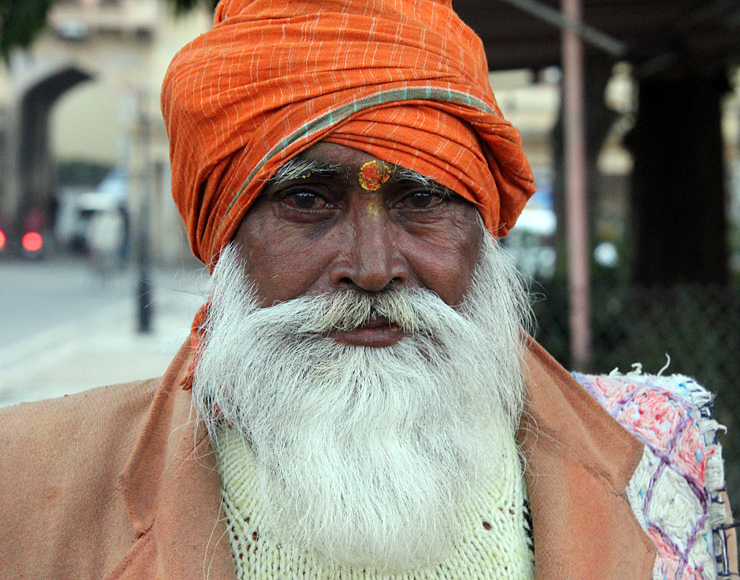
India Road Trip, North by Northwest Experience
Journey into India and explore seven vastly distinctive regions of this exotic and diverse country by experiencing the perfect road trip of a lifetime! The trip ...

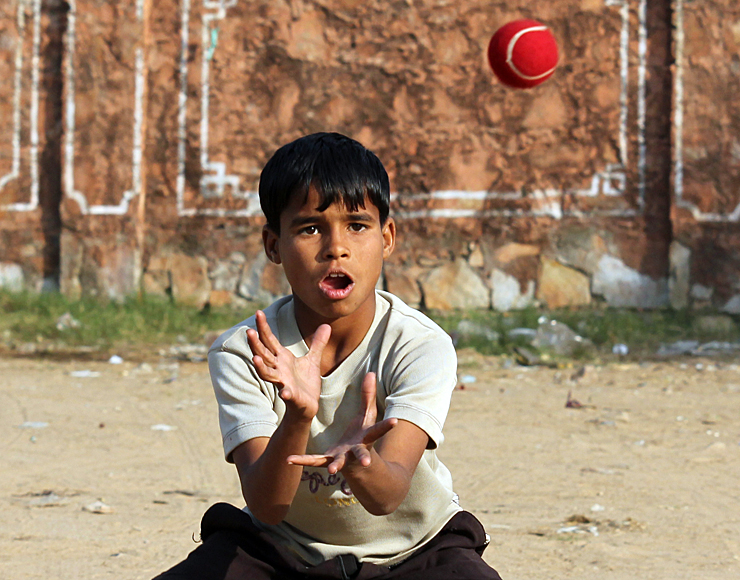
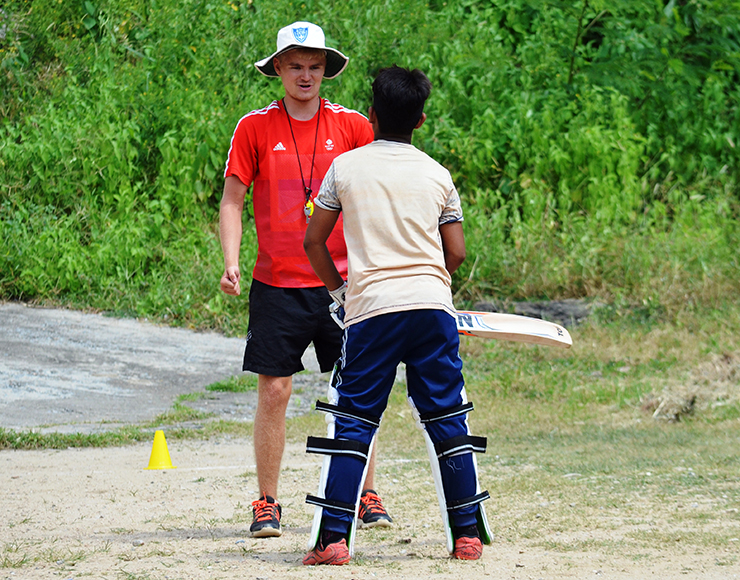
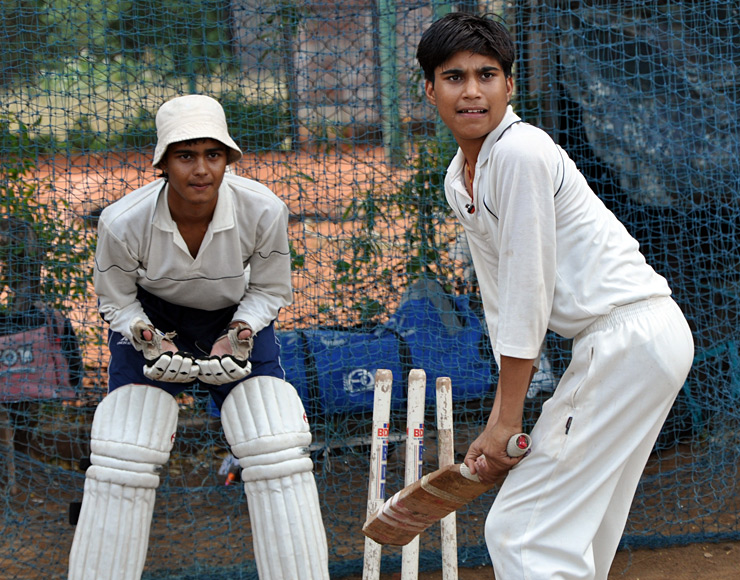
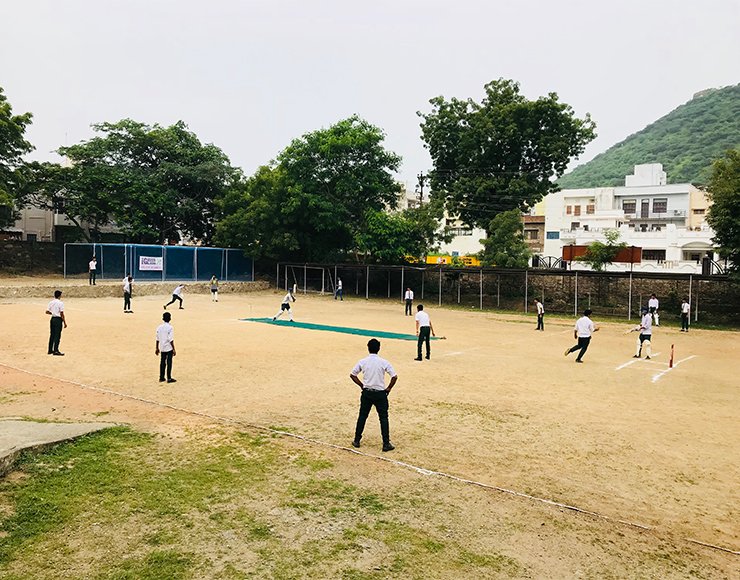

Cricket Coaching Volunteer Project in India, Goa
Experience India’s passion for cricket first hand by volunteering on our cricket coaching project. You will coach cricket to enthusiastic children in schools around ...

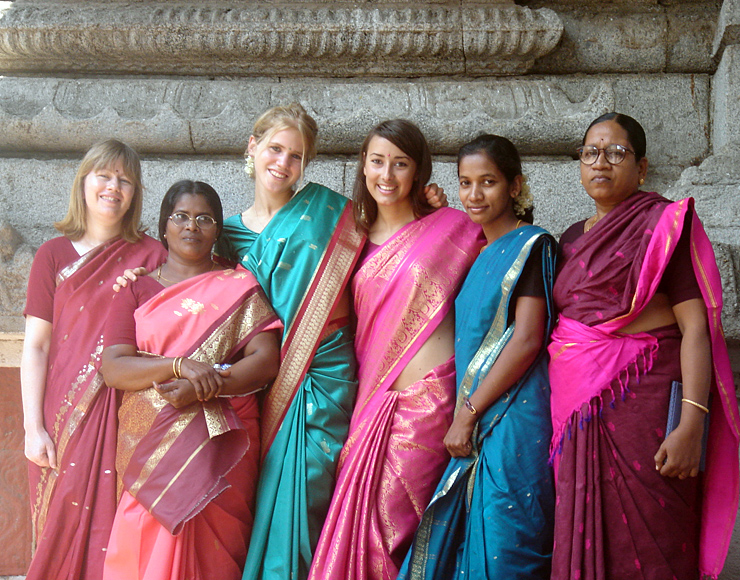


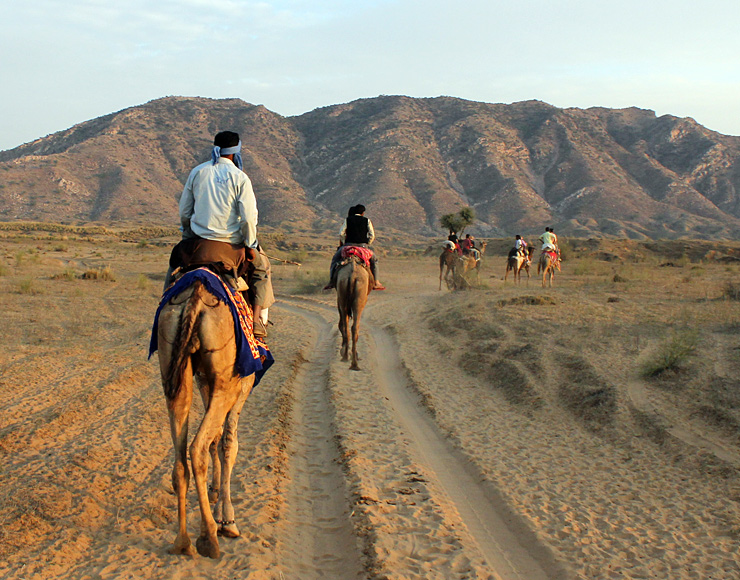
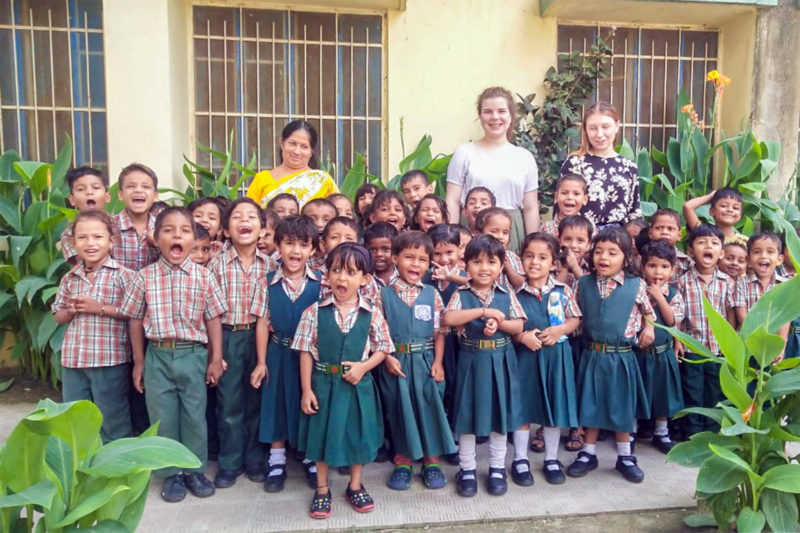
Rajasthan Culture Week in India, Udaipur
Immerse yourself into the culture, surroundings and more of this rich and colourful state of Rajasthan. This action-packed week in the Royal city of Udaipur ...


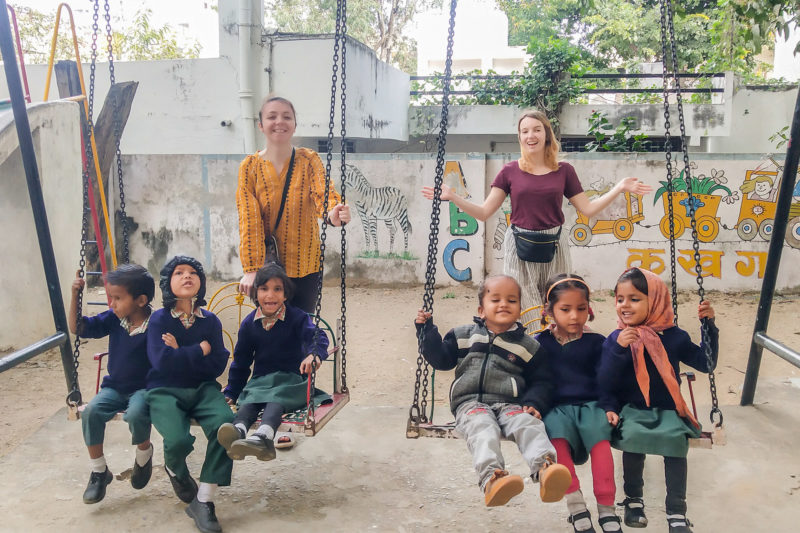
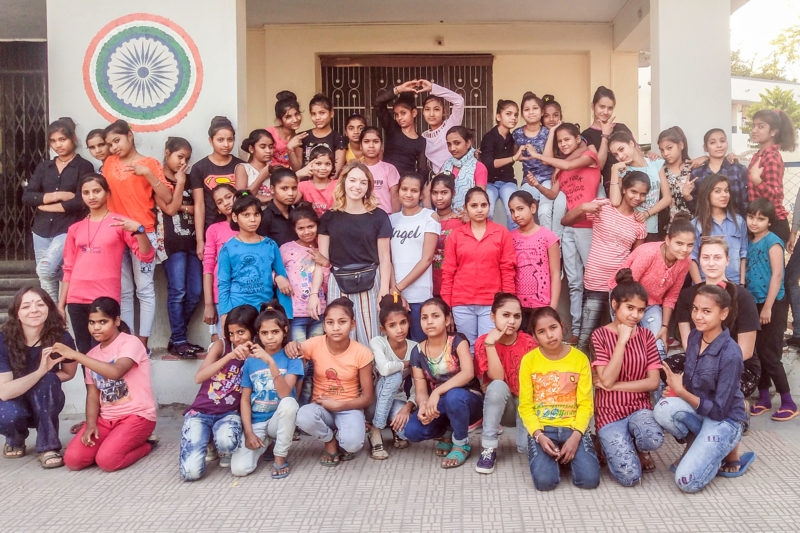

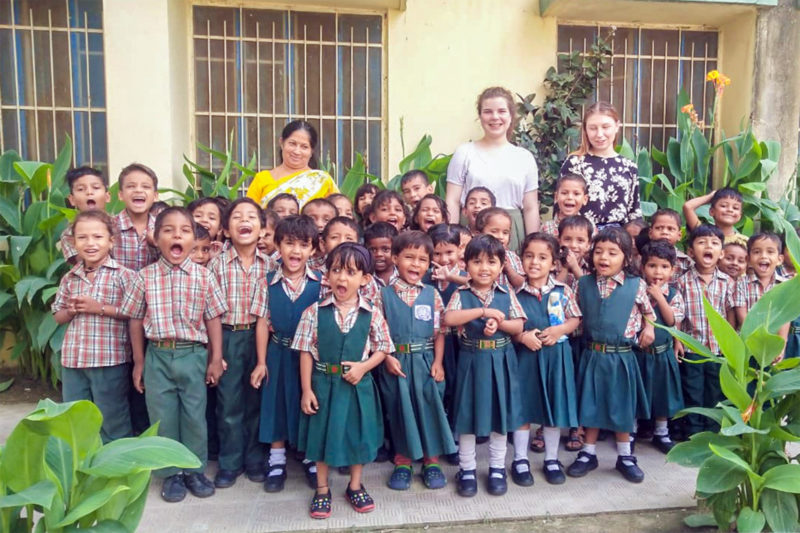
Kindergarten Teaching and Community Outreach Project in India, Udaipur
Embrace India with both arms as you explore the fascinating ‘Lake City’ of Udaipur whilst giving back to the local community in this rewarding community volunteer ...